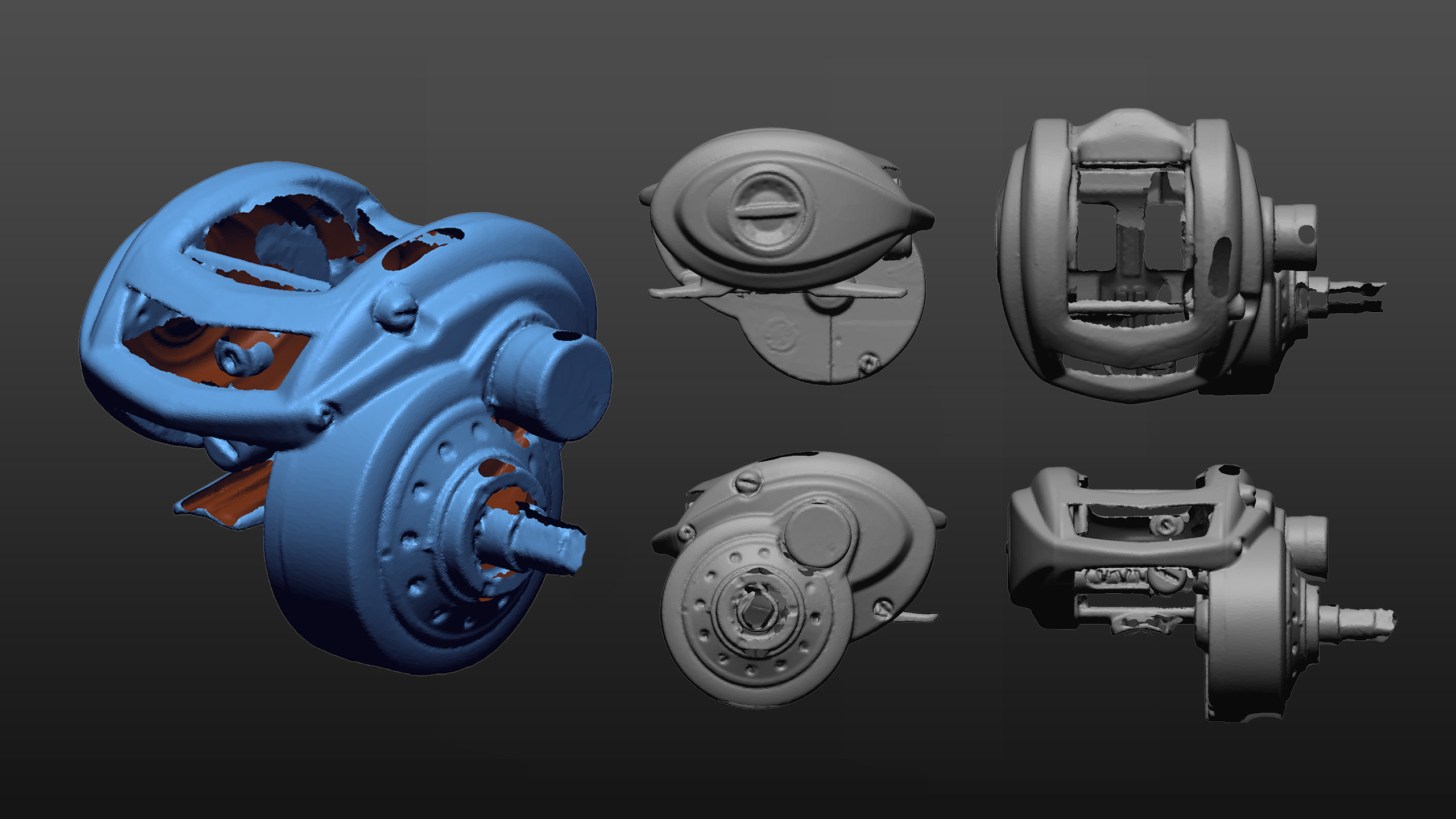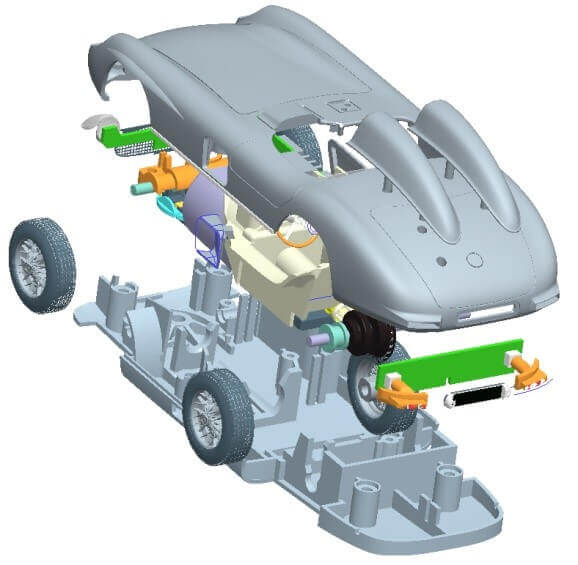Reverse Engineering for Analog Products

Reverse engineering is the process of taking an existing product and analyzing it to create a new product that has similar functionality. This process can be used for a variety of reasons, such as to create a compatible product, to improve upon an existing product, or to gain insights into the design process of a competitor.

Reverse engineering analog products can be a challenging task, as analog circuits are often complex and difficult to understand. However, with the right tools and techniques, it is possible to successfully reverse engineer analog products and create new products that meet your needs.

The first step in reverse engineering an analog product is to gather as much information about the product as possible. This can include collecting datasheets, schematics, and other documentation. It is also helpful to have a physical sample of the product so that you can examine it closely.
Once you have gathered all of the necessary information, you can begin the process of analyzing the product. This involves understanding how the circuit works and identifying the individual components that make up the product. You can use a variety of tools to help you with this process, such as oscilloscopes, logic analyzers, and simulation software.
Once you have a good understanding of how the product works, you can begin the process of creating a new product that has similar functionality. This can be done by creating a new schematic and layout for the product, or by modifying the existing design. If you are modifying the existing design, it is important to make sure that you understand all of the potential implications of your changes.
Reverse engineering analog products can be a complex and time-consuming process, but it can be a rewarding experience. By successfully reverse engineering an analog product, you can gain insights into the design process of a competitor, create a compatible product, or improve upon an existing product.
